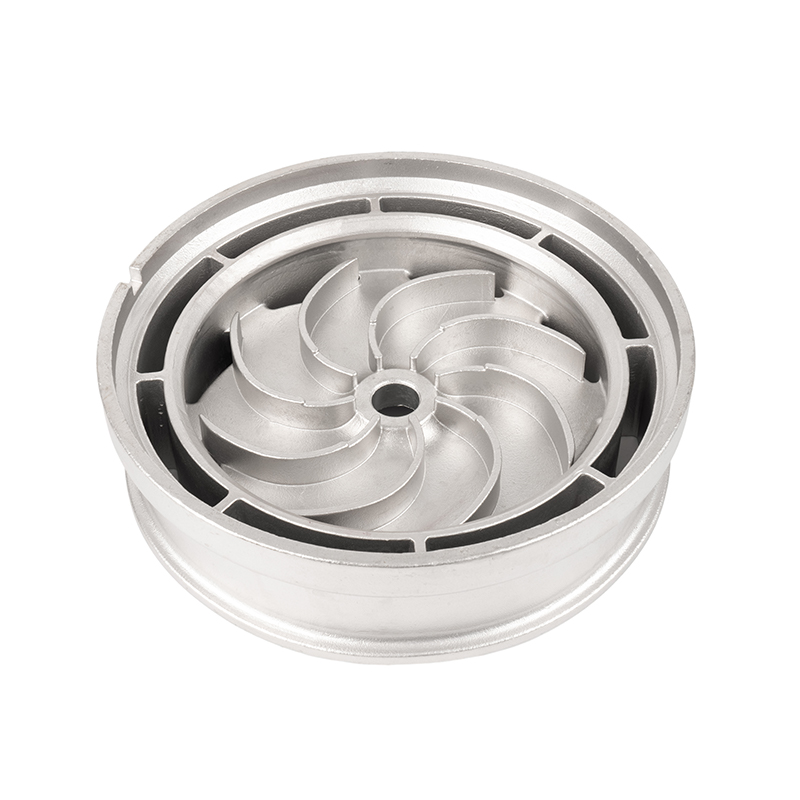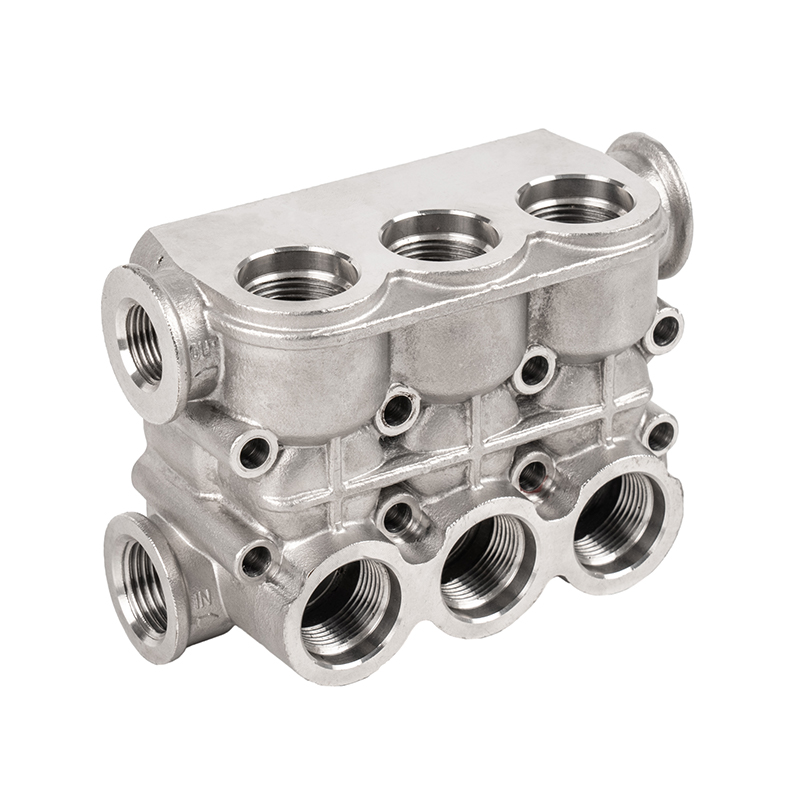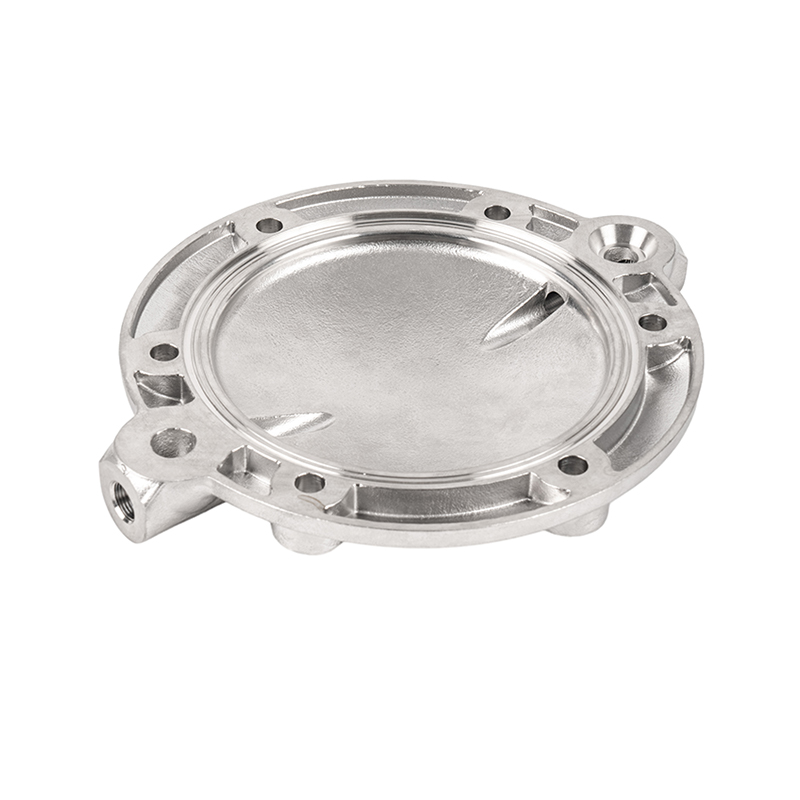What is the role of heat treatment in precision casting
Precision casting is a casting process characterized by high precision and high complexity. It is widely used in aerospace, automobile manufacturing, medical equipment and other industries. In the casting process, heat treatment, as an important post-treatment process, plays a vital role in the performance, quality and service life of castings.
In the casting process, heat treatment can significantly improve the mechanical properties of castings, including strength, toughness, hardness and wear resistance. Due to the unevenness of metal cooling rate and temperature distribution, stress and defects may occur inside the casting. Through heat treatment processes such as annealing, normalizing and quenching, these internal stresses can be effectively eliminated, the organizational structure can be homogenized, and the comprehensive mechanical properties of the casting can be improved. For example, tempering after quenching can effectively improve the hardness and strength of steel while maintaining excellent toughness, which makes it very suitable for parts that bear high loads.
Heat treatment also plays an important role in improving the microstructure of castings. During the casting process, the cooling rate of the metal directly affects the formation of its microstructure. Through the heating and cooling process of heat treatment, the grain size and phase composition of the metal can be changed, thereby optimizing the microstructure of the casting. Taking aluminum alloy castings as an example, after heat treatment, its grains will become more uniform and fine, thereby improving its mechanical properties and corrosion resistance. In addition, heat treatment can also promote phase transformation and form a phase structure that is more conducive to mechanical properties.
In some special application fields, such as aerospace and medical devices, the corrosion resistance of castings is particularly important. Heat treatment can effectively improve the corrosion resistance of castings by changing the chemical composition and microstructure of the material. For example, a dense oxide film will form on the surface of aluminum alloy castings that have been properly heat treated, which greatly improves its corrosion resistance. In addition, the corrosion-resistant phase structure formed by some alloys during heat treatment further enhances the corrosion resistance of castings.
During the casting process, defects such as pores, inclusions, and cracks may appear in the castings. Heat treatment can promote the repair and elimination of these defects by heating and cooling. For example, during the annealing process, the pores and inclusions in the castings expand due to the increase in temperature, thereby reducing the negative impact on the performance of the castings. At the same time, heat treatment can also promote the healing of cracks and improve the overall quality of castings by changing the phase state of the material.
In addition, castings may deform due to temperature changes during the cooling process, affecting their dimensional accuracy. Heat treatment enhances the dimensional stability of castings by eliminating internal stress. Appropriate heat treatment after casting can enable castings to maintain higher dimensional accuracy during subsequent processing and use, reducing the processing difficulty and cost caused by deformation.


 English
English Español
Español русский
русский 中文简体
中文简体

















